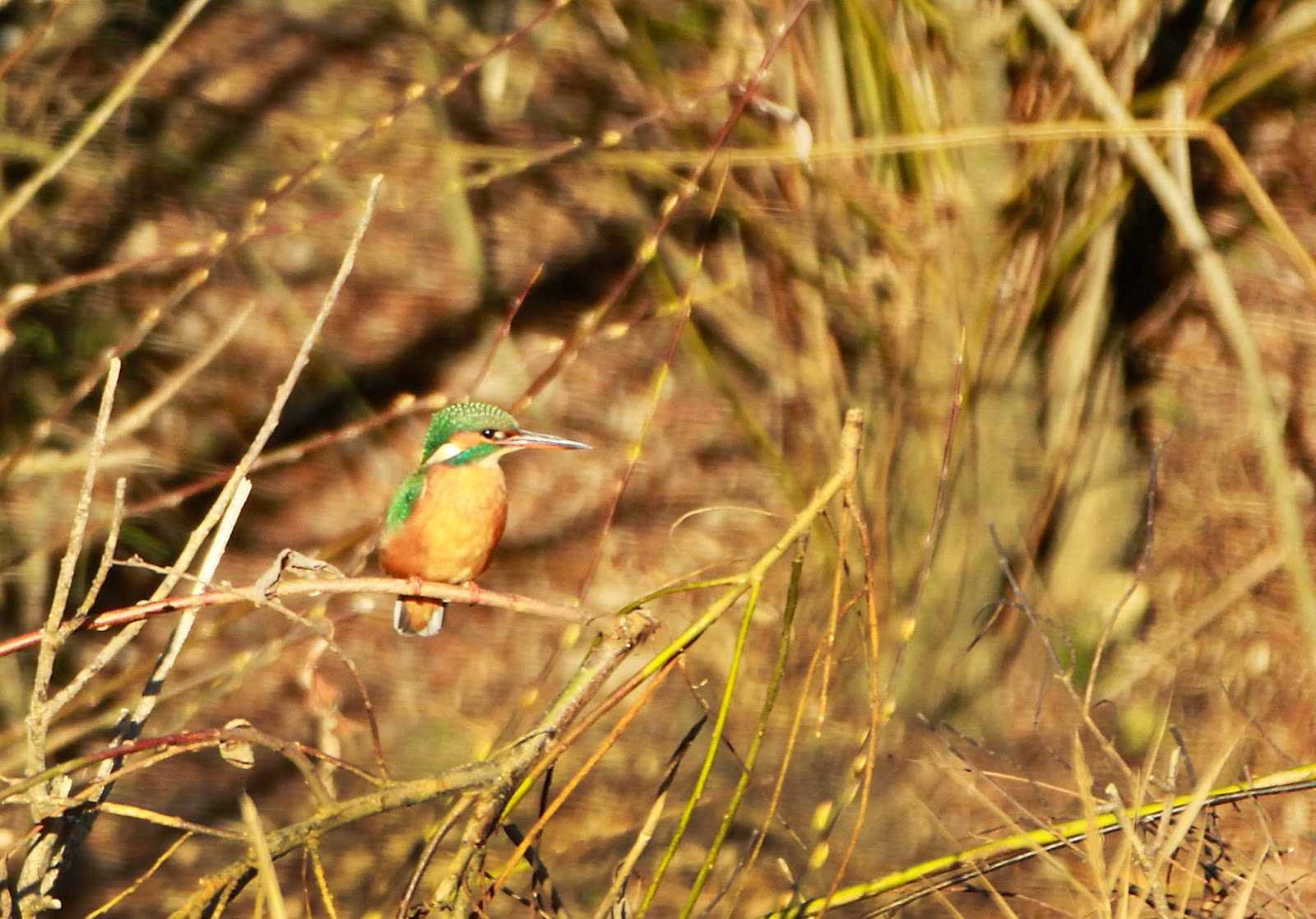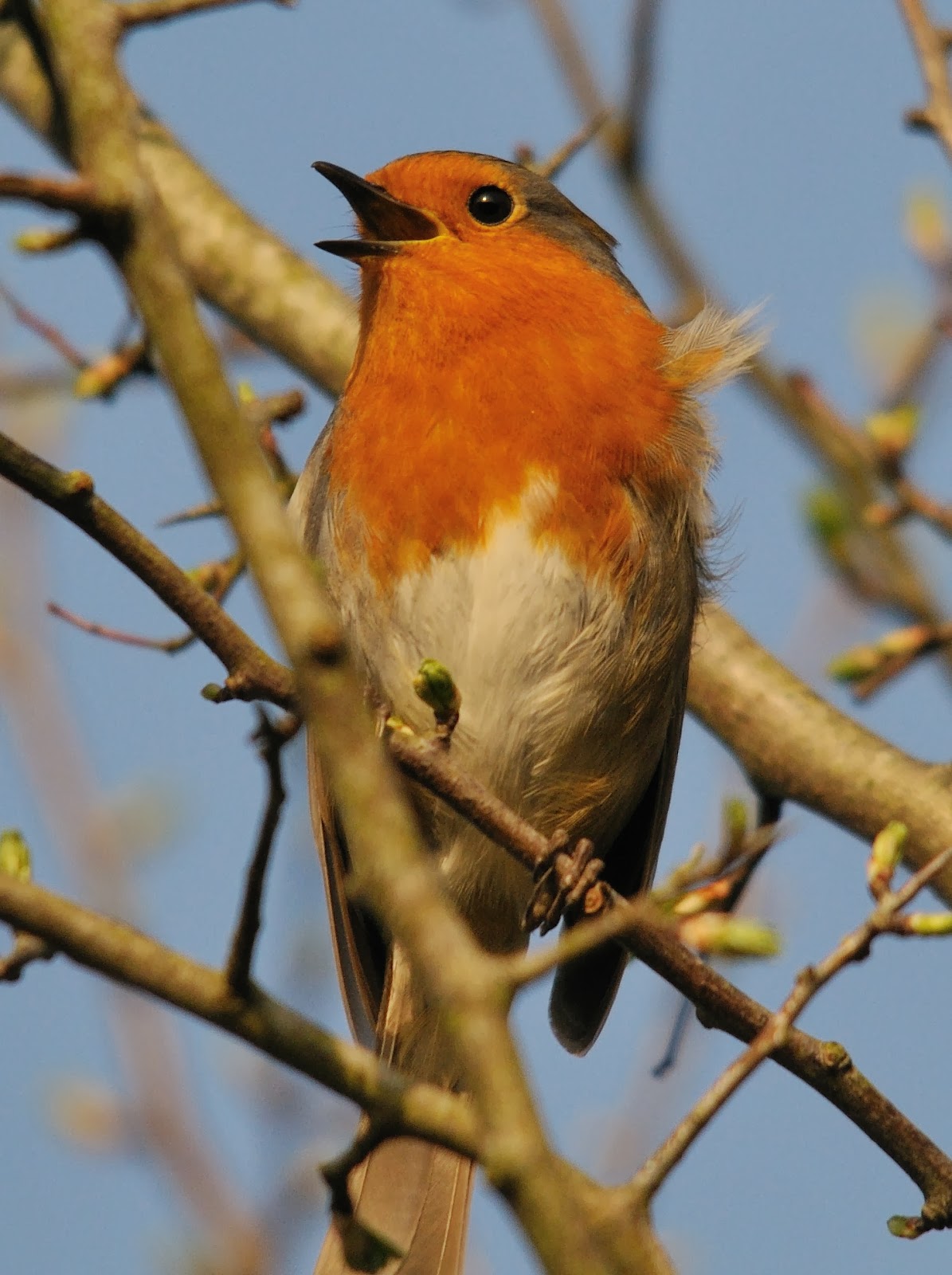 |
| Peacock by Fran O'Connell |
Butterflies
cannot survive our winters as flying adults due to the cold and lack
of food. To survive the adverse winter conditions, most but not all,
species of butterfly hibernate. Thus most species of butterfly are
all around us during the colder months of autumn, winter and spring.
However, dependent on the species, they adopt a variety of different
strategies to survive until suitable conditions return.
 |
| Painted Lady by Daniel Wheldon |
MIGRATION
Amazingly,
just like swallows and warblers, some species of butterfly migrate
south to Africa to avoid our
 |
| Small Tortoise Shell by Bernie Sheridan |
colder months. Red admirals, painted
ladies and in some years clouded yellows migrate in summer from
Southern Europe and Africa to Ireland. It was once considered that
most, if not all, died with the onset of colder weather. However,
radar studies have now proven that these species are capable of a
reverse migration to sunnier climes in Africa. These epic journeys
involve thousands of kilometres which is truly phenomenal for such a
tiny creature. The numbers involved in these movements can run to
millions of individuals.
 |
| Comma by John Joe & Liam Cahill |
ADULTS
A number
of species including small tortoiseshells, peacocks and commas
hibernate as adults. These species build up sufficient fat reserves
during summer/autumn to enable them to survive the long colder
months. They seek out suitable niches in trees, buildings, crevices
etc. and hibernate. Most people will be familiar with small
tortoiseshells hibernating on the walls of their homes. If you come
across a hibernating butterfly it is best to leave them well alone to
sleep.
CHRYALIS/PUPAE
 |
| Wall Brown by BernieSheridan |
This is
the stage between the caterpillar and the flying adult butterfly. The
chrysalis spends the winter at the base of plants or underground thus
avoiding the worst of the winter weather. When conditions improve in
spring/summer the chrysalis metamorphoses into the flying adult
butterfly. Large whites, small whites, orange-tips and holly blues
among others adopt this policy.
 |
| Common Blue by Fran O'Connell |
CATERPILLAR/LARVA
Many
species spend the winter as caterpillars. The advantage of this
strategy is that, being mobile, caterpillars can hunker down in deep
cover in adverse conditions and emerge to feed at opportune times. A
caterpillar can also move to avoid flooding, predators and other
dangers. Common blues, small coppers, fritillaries, wall browns,
gatekeepers, meadow browns, small heaths and ringlets use this
strategy.
EGGS
 |
| Small Copper by Bernie Sheridan |
The
purple hairstreak over-winters as an egg. The eggs are laid in
July/August. The Caterpillar quickly develops within the egg,
immediately hibernates and does not hatch until the following April.
The caterpillar then feeds on the emerging buds of oak trees – its
only food source. Oak leaves contain tannins which are poisonous so
early feeding on the buds may avoid this hazard.
 |
| Silver-washed Fritillary by Fran O'Connell |
THIS YEARS
BUTTERFLIES
The
spring/early summer being wet and relatively cold was not conducive
to butterflies. Species such as orange-tips, green-veined whites and
green hairstreaks seemed to be flying in reduced numbers. As the
summer progressed and the weather grew warmer conditions became
optimal for adult butterflies. Large numbers of whites, red admirals,
peacocks, silver-washed fritillaries and common blues were on the
wing. Wall browns were in good numbers in suitable habitats and the
beautiful small copper very much in evidence.
After a number of poor
summers this augurs well for the future wellbeing of butterfly
populations.
Commas consolidated
their expansion into Waterford with multiple additional sightings in
the Mount Congreve area.
RECENT WILDLIFE
SIGHTINGS
The
spoonbill has returned to Dungarvan for yet another winter as have a
number of long-tailed ducks. A new surf scoter is presently
overwintering in Dungarvan harbour and a number of yellow-legged
gulls are on the Colligan River at Ballyneety.
Fin and
minke whales, common dolphins and porpoises, harbour/common seals,
grey seals and otters are presently being encountered along the
Waterford coast.
Watch out for returning
thrushes such as redwing and fieldfare over the next several weeks.
Check out
www.waterfordbirds.com for local wildlife updates and submission of
records. If you have
Any questions or
comments please email them to japwatntr@gmail.com.
.JPG)






















































